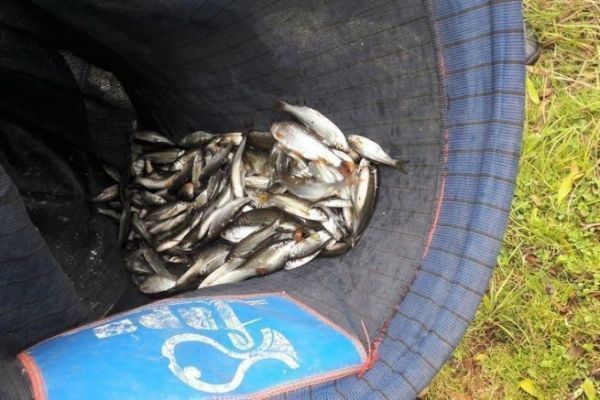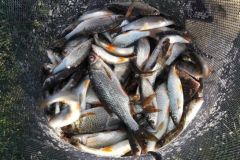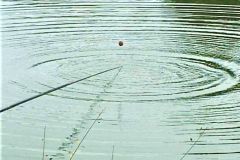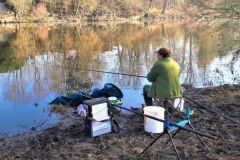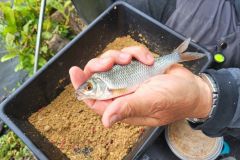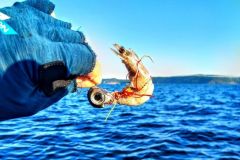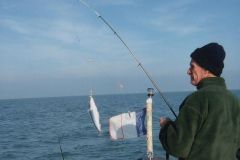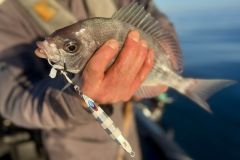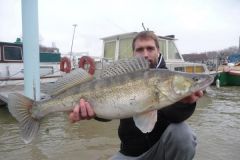The bleak, little pearl of the sun
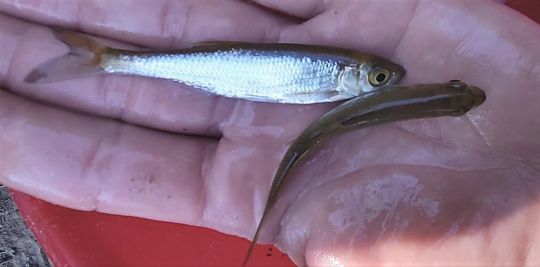
A small, elongated, silvery fish of the Cyprinidae family, the bleak is a first-rate prey item for all predators. It averages 10 to 18 cm in length, weighs 15 to 50 grams and can live up to 6 years. The bleak lives in shoals and readily mixes with other fish. Although they prefer slow-flowing rivers, they adapt well to swifter waters.
On a sunny day, bleak activity peaks, especially in winter when they are fished during the warmest hours. They feed close to the surface on small worms, plant debris, insects and small molluscs.
Posts and fishing
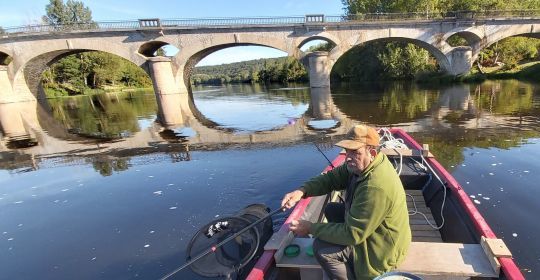
At this time of year, the best places to find bleak in rivers are all calm spots on the edges of eddies and currents. Places with full exposure to the sun and sheltered from the wind are best. To find the best spots, observe gobages, a good indicator of the presence of these fish.
It's not difficult to catch, but you'll need a fine line on a 3 to 5-metre rod. Their winter delicacy will allow us to fish with very fine nylon, an 8-centimetre line body fitted with a 6-centimetre leader. A fine barbless hook in number 22 or 24 iron will be perfect. The float's sensitivity should also be taken into account. It should be tapered for calm areas and stubby for places with currents or eddies. Its lift will vary from 0.10 g to 0.70 g.
Priming a key parameter
The groundbait should be fine and light, preferably yellow or white. It should form a cloud close to the surface in the bleak's feeding zone, which applies in both winter and summer.
There are two ways to achieve a cloudy primer. Either fully wet the groundbait, or barely wet it. This cloud will follow the current and keep the bleak excited throughout the fishing trip. Light baiting should be used at the start of the fishing trip, followed by frequent recalls every 2 or 3 casts with a walnut-sized bait ball. When it comes to bait, the choice is just as important: a small bait should be used. The best baits are of course bloodworms, but you can also fish with pinkies or dough.

 /
/ 